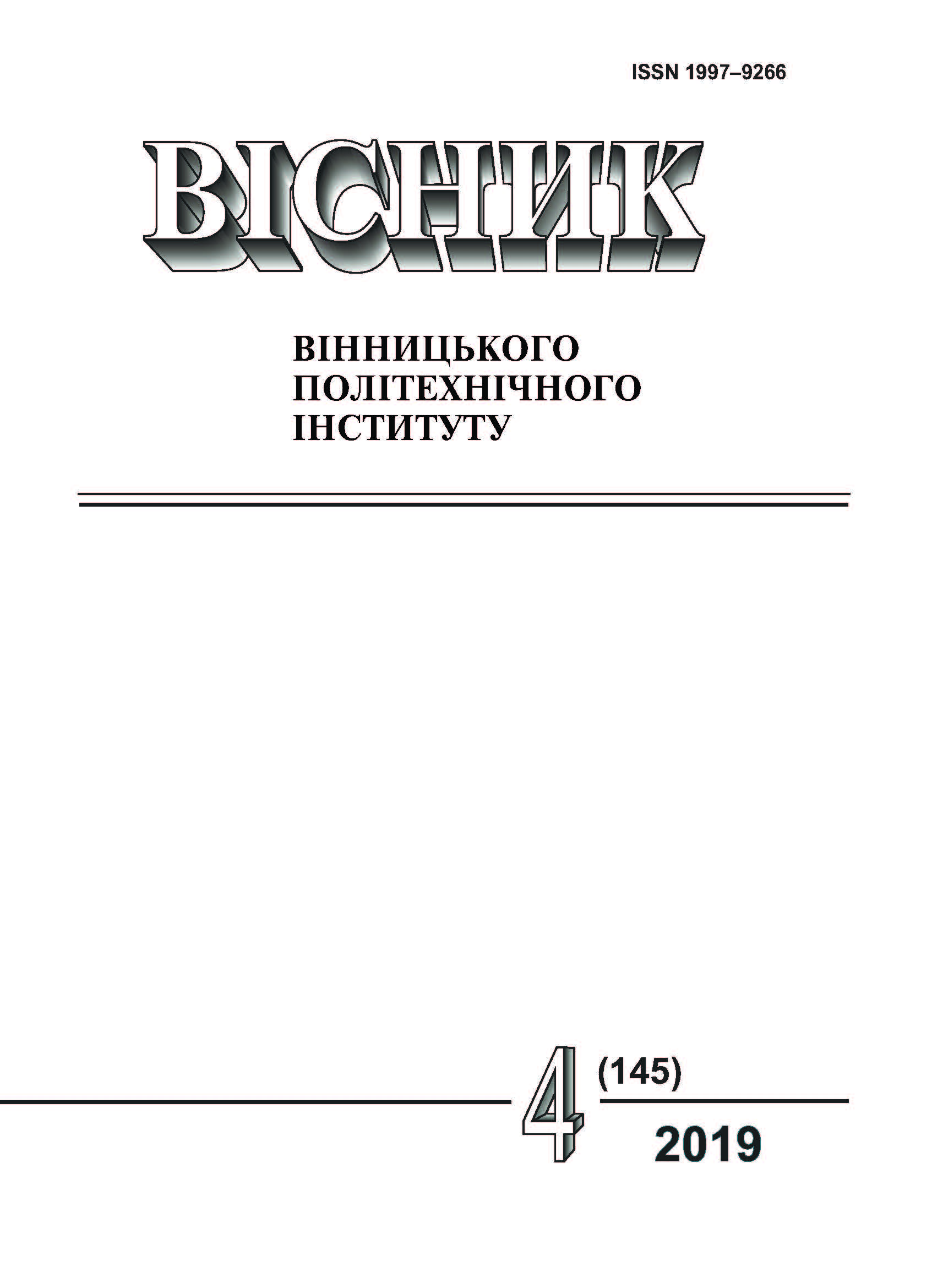Ultrasonic Self-oscillating Media Parameters Meters
DOI:
https://doi.org/10.31649/1997-9266-2019-145-4-25-32Keywords:
resonance method, ultrasound, standing wave, thickness meter, density meter, gas temperature meterAbstract
Today, ultrasound-based instrumentation equipment is used in various fields of science and technology. The issues of improving the accuracy of ultrasonic control devices by developing a new class of ultrasonic resonant methods for measuring or controlling quantities based on the use of a standing ultrasonic wave is relevant. The aim of the work is to improve the technical parameters of ultrasonic meters by using the phenomenon of resonance and standing wave. The basis of the resonant control method is the study of the parameters and characteristics of standing acoustic waves arising in the medium due to the interference of the incident and reflected acoustic waves. The paper proposes a mathematical model of the ultrasonic resonance method for measuring parameters of liquid and gaseous media, which can be used for measuring control of parameters such as density, temperature, thickness of the test object and the like. To test the adequacy of the proposed model of ultrasonic wave propagation, its computer simulation and experimental studies were carried out. Air was chosen as the test medium (temperature 20 °С, sound velocity 343 m/s, atmospheric pressure 1 atm). The time diagram of the signal at the receiver for a distance of 34,3 mm, when the resonance condition is satisfied, and for a distance of 34,73 mm, when the antiresonance condition is satisfied, is modeled according to the proposed mathematical model. The amplitudes of the signals differ about 5 times, which confirms the sensitivity of the model. The dependence of the amplitude of the signal at the receiver is given for signal frequencies of 170…205 kHz with a transmitter-receiver distance of 35,85 mm and a speed of sound of 340,8 m/s. The simulation results are highly consistent with the results of experimental studies, confirms the adequacy of the mathematical model. This allows, on its basis, to propose a new class of self-generating ultrasonic methods for measuring control of medium parameters. The block diagram and the principle of operation of the developed autogenerating meters for measuring the thickness, temperature of gas and density of the test object are described.
References
Albert S. Birks, and Robert E. Green, Jr., Technical Editors ; Paul McIntire, Editor. Ultrasonic testing, 2nd ed. Columbus, OH : American Society for Nondestructive Testing, 1991. ISBN 0-931403-04-9.
Charles Hellier (2003). “Chapter 7 — Ultrasonic Testing,” Handbook of Nondestructive Evaluation. McGraw-Hill. ISBN 0-07-028121-1.
N. A. Filinyuk, K. V. Ogorodnik, L. B. Lishchinskaya, S. E. Shveykina, and A. A. Lazarev, “The Way of Measurement of the Two-Port Network Stability Invariant Factors,” 2006 16th International Crimean Microwave and Telecommunication Technology, Sevastopol, Crimea, 2006, pp. 791-792. https://doi.org/10.1109/CRMICO.2006.256202 .
I. N. Ermolov, and Yu.V. Lange, Nondestructive testing: A guide in 7 vol, V.V. Klyuev, Ed., vol. 3. Ultrasonic inspection. Moscow: Mechanical Engineering, 2004, 864 p.
A. F. Zatsepin, and V. E. Shcherbinina, Acoustic measurements. Moscow, Russia: Publishing House Yurayt, 2017, 209 p.
J. Y. Bilinsky, K. V. Ogorodnik, O. A. Lazarev, and A.V. Syrovatsky, “Development and research of the mathematical model of the resonance ultrasonic measurement control method,” in The 4th International Scientific Conference “Measurement, Control and diagnostics in technical systems”(VKDTS-2017), October 31 — November 2, 2017. Vinnitsa, Ukraine, 2017. pp. 159-160.
Downloads
-
PDF (Українська)
Downloads: 213
Published
How to Cite
Issue
Section
License
Authors who publish with this journal agree to the following terms:
- Authors retain copyright and grant the journal right of first publication.
- Authors are able to enter into separate, additional contractual arrangements for the non-exclusive distribution of the journal's published version of the work (e.g., post it to an institutional repository or publish it in a book), with an acknowledgment of its initial publication in this journal.
- Authors are permitted and encouraged to post their work online (e.g., in institutional repositories or on their website) prior to and during the submission process, as it can lead to productive exchanges, as well as earlier and greater citation of published work (See The Effect of Open Access).





